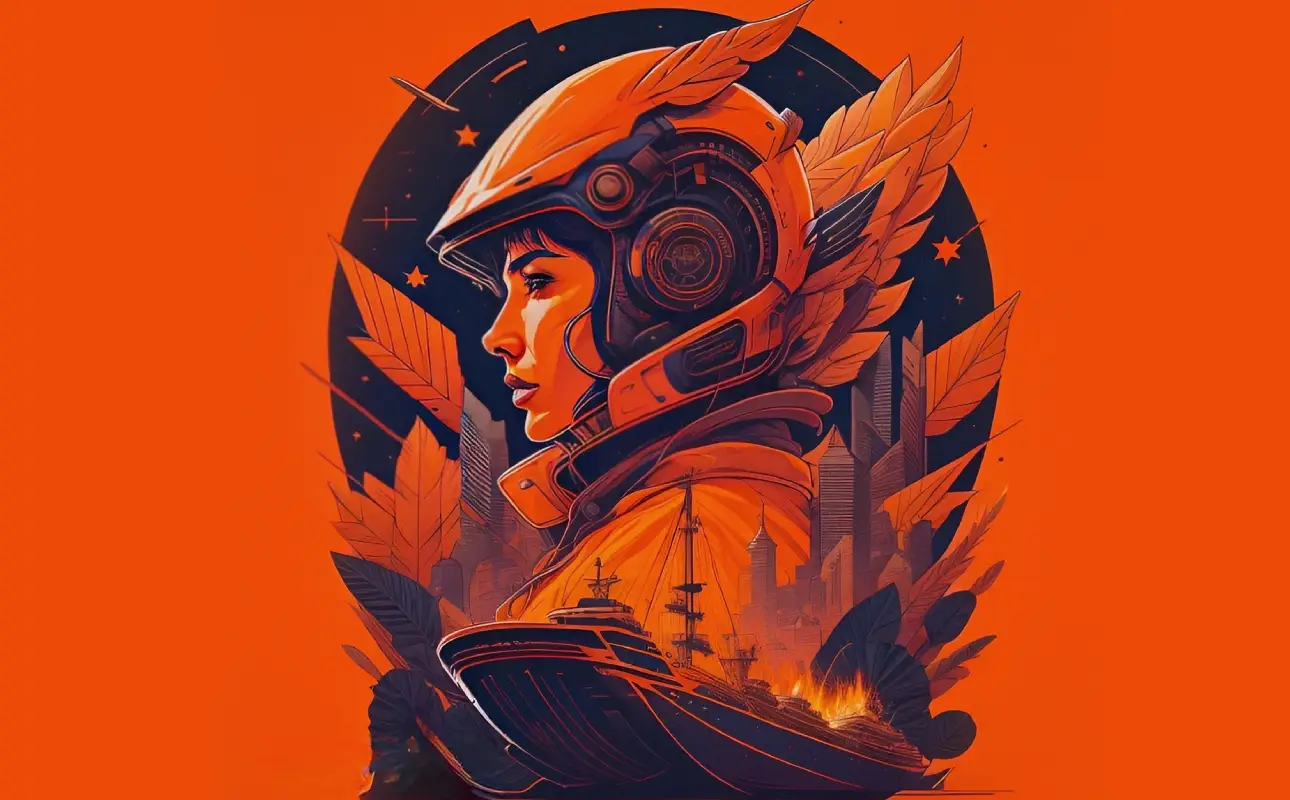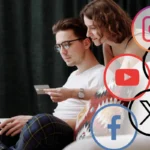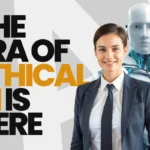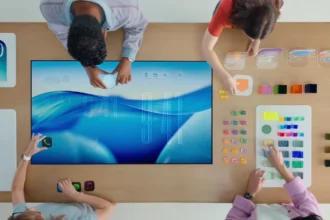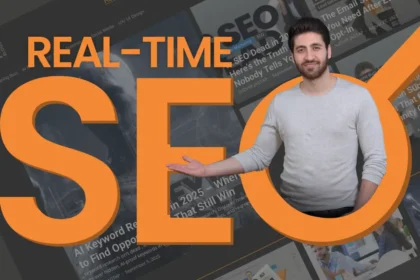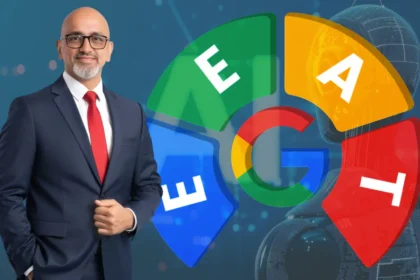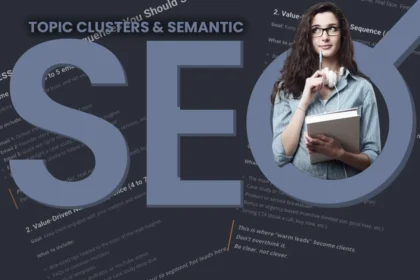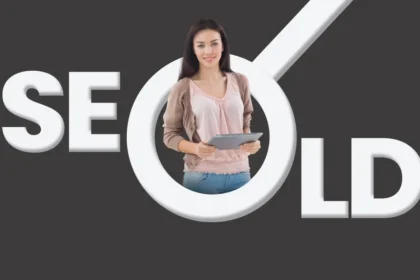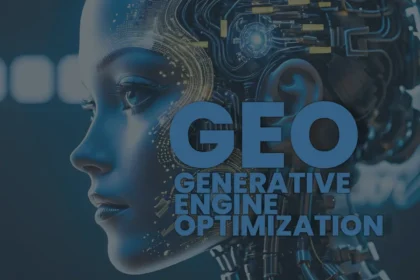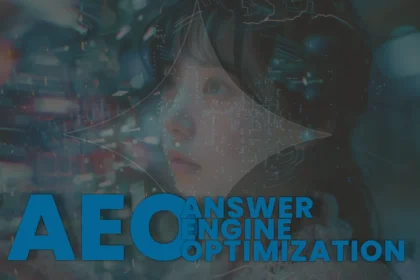Why are brands blending vintage vibes with futuristic flair? Retro-futurism taps into nostalgia while hinting at progress, creating visuals that feel both familiar and fresh. Discover how this trend can set your brand apart in 2025.
What Is Retro-Futurism in Design?
Retro-futurism is a design philosophy that looks at the future through the lens of the past. Think of it as what people in the 60s, 70s, and 80s imagined the future would look like—flying cars, neon cities, and pixel interfaces.
Key design features include:
- Neon color palettes
- Pixelated graphics and arcade-inspired typography
- Synthwave and cyberpunk visual tones
- Sci-fi elements combined with vintage patterns
These aesthetics are often characterized by a mix of bold contrasts, asymmetry, and futuristic nostalgia, where modern tools recreate outdated visual dreams.
Why Retro-Futurism Is Trending in 2025
Several cultural and technological forces are fueling this trend:
1. Nostalgia Culture
Millennials and Gen Z grew up with sci-fi movies, old-school video games, and analog tech. Retro-futurism taps into that collective memory while keeping things cutting-edge.
2. Rejection of Minimalism
After years of clean, white, flat design, creatives are seeking bold, expressive alternatives. Retro-futurism provides color, vibrancy, and drama.
3. Tech-Aided Expression
Advanced design tools and AI-based interfaces allow for easier experimentation with neon glows, pixel textures, and animated interfaces, once difficult to implement.
When to Use Retro-Futurism
Retro-futurism isn’t for every brand, but it excels in projects that seek attention, innovation, and emotional appeal.
Use this style when:
- You’re launching a bold product or campaign
- Your brand values innovation and originality
- Your audience resonates with gaming, tech, or nostalgia-driven content
Industries that benefit the most include:
- Gaming
- Entertainment
- Fashion
- Tech startups
- Creative agencies
Where Retro-Futurism Is Making Waves
Here are some real-world examples of retro-futurism in action:
Spotify Wrapped
Spotify’s annual Wrapped campaign uses bright neon visuals, glitch art, and sci-fi motion design to deliver personalized insights, classic retro-futurism.
Stranger Things (Netflix)
From title design to the show’s interface design across platforms, this 80s-style retro-futurism is a branding masterstroke.
Balenciaga’s Digital Campaigns
High fashion meets digital art in Balenciaga’s virtual runway experiences, drenched in dystopian cyberpunk aesthetics.
How to Implement Retro-Futurism in Your Designs
Here’s how you can bring this trend to life in your own work:
1. Color Palette
Use a mix of neon pinks, purples, cyans, and deep blues. Contrast them against black or metallic backdrops.
2. Typography
Try arcade-style fonts, pixelated typefaces, or geometric sans-serifs. Pair bold headers with minimal body fonts for contrast.
3. Imagery & Graphics
Incorporate:
- Glitches
- 3D rendered interfaces
- Space-age motifs like rockets, planets, and circuits
4. Tools & Resources
- Figma or Adobe XD with retro UI kits
- Blender for 3D modeling
- Canva & Envato for ready-made neon-themed assets
Key Elements of Retro-Futurism Design
| Neon Colors | #FF00FF |
| Pixel Art | 8-bit UI |
| Vintage Tech | VHS, CRT |
| Futuristic UI | Hologram |
| Typography | Synthwave |
| Emotive Impact | High |
Future Outlook: Where Is Retro-Futurism Headed?
This trend is here to stay, but it will evolve.
Expect to see:
- AR/VR experiences with retro-futuristic interfaces
- Integration of AI-generated sci-fi landscapes
- A shift from pure nostalgia to ‘speculative design’, imagining more inclusive, eco-conscious futures
Retro-futurism will continue to bridge emotion and innovation, making it ideal for forward-thinking design in every field, from product packaging to digital storytelling.
Conclusion
Retro-futurism in design is more than just a style, it’s a statement. It tells the story of where we’ve been, where we’re going, and the beautiful tension in between. So, whether you’re launching a new product, revamping your brand, or simply want to stand out, consider tapping into the power of retro-futurism.
Need Help with Design That Stands Out?
Let DzynBuzz craft designs that blend the best of nostalgia with innovation.
Featured image source pixabay.com

